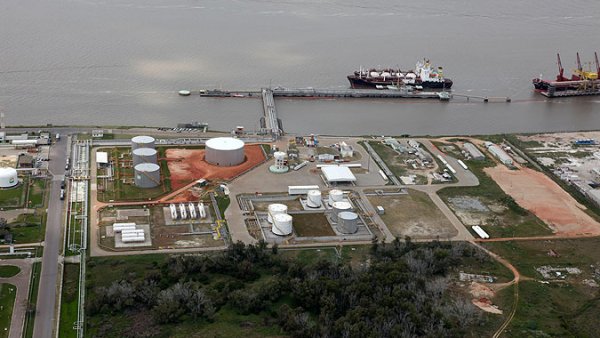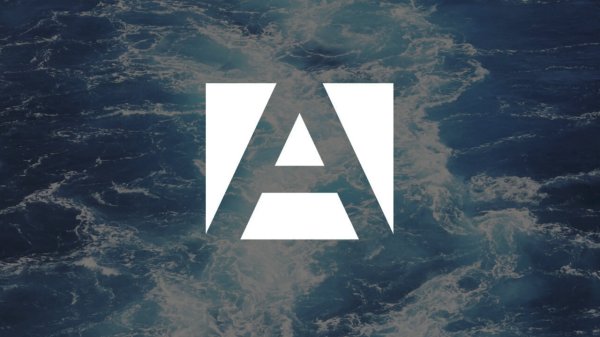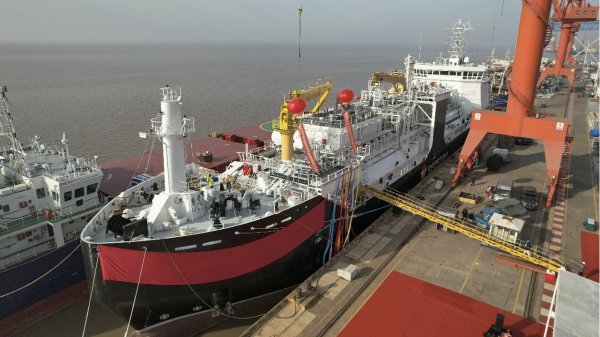New scrubber system developed in Singapore
cSOx system could be built into any new vessel or retrofitted into existing ships.
Singaporean scientists and engineers have developed new exhaust cleansing technology that is designed to help shipping vessels greatly reduce the greenhouse gas emissions coming from their bunker fuel exhaust.
Reducing CO2 and SOx emissions
According to recent studies, the shipping industry produces around 1 billion tonnes of greenhouse gases every year. Much of this comes from bunker fuel used in shipping vessels around the globe. Although low-sulphur fuels produce lower emissions, they still emit some greenhouses gases into the atmosphere.
The newly developed sulphur scrubbers are a joint effort between Singaporean scientists at the Agency for Science, Technology and Research Institute of High Performance Computer (IHPC), Sembcorp Marine Ltd, and Ecospec Technology Pte Ltd. The exhaust gas cleaning system is known as cSOx.
How does the system work?
The cSOx system is designed to remove emissions from diesel and boiler exhaust on any shipping vessel. The device emits low-frequency electromagnetic waves that treat saltwater. Doing this optimizes the system for collection of sulphur oxide and carbon dioxide (CO2), which are among the worst culprits for greenhouse gas emissions.
Theoretically, the cSOx system could be built into any new vessel or retrofitted into existing ships. At a time when global maritime authorities are setting stricter emissions requirements, such as the EU requiring verified emissions from all calling vessels in 2018 and beyond, innovations such as this one could help companies make the change to cleaner shipping without having to invest in an entire new fleet.
When will it be implemented?
The organizations involved have not mentioned when the device will be open for purchase or installation, but it is likely that if it is not already available then it will hit the market in the coming months. Demand for environmentally friendly alternatives and bunker exhaust treatments has increased exponentially over recent years, so a technology like this one could be in high demand for new vessel construction.
The team responsible for designing cSOx are planning to optimize the device in the future to make it even more efficient at cleaning out harmful gases.
Reducing CO2 and SOx emissions
According to recent studies, the shipping industry produces around 1 billion tonnes of greenhouse gases every year. Much of this comes from bunker fuel used in shipping vessels around the globe. Although low-sulphur fuels produce lower emissions, they still emit some greenhouses gases into the atmosphere.
The newly developed sulphur scrubbers are a joint effort between Singaporean scientists at the Agency for Science, Technology and Research Institute of High Performance Computer (IHPC), Sembcorp Marine Ltd, and Ecospec Technology Pte Ltd. The exhaust gas cleaning system is known as cSOx.
How does the system work?
The cSOx system is designed to remove emissions from diesel and boiler exhaust on any shipping vessel. The device emits low-frequency electromagnetic waves that treat saltwater. Doing this optimizes the system for collection of sulphur oxide and carbon dioxide (CO2), which are among the worst culprits for greenhouse gas emissions.
Theoretically, the cSOx system could be built into any new vessel or retrofitted into existing ships. At a time when global maritime authorities are setting stricter emissions requirements, such as the EU requiring verified emissions from all calling vessels in 2018 and beyond, innovations such as this one could help companies make the change to cleaner shipping without having to invest in an entire new fleet.
When will it be implemented?
The organizations involved have not mentioned when the device will be open for purchase or installation, but it is likely that if it is not already available then it will hit the market in the coming months. Demand for environmentally friendly alternatives and bunker exhaust treatments has increased exponentially over recent years, so a technology like this one could be in high demand for new vessel construction.
The team responsible for designing cSOx are planning to optimize the device in the future to make it even more efficient at cleaning out harmful gases.

|
IMO approves pricing mechanism based on GHG intensity thresholds
Charges to be levied on ships that do not meet yearly GHG fuel intensity reduction targets. |
|
|
|
||

|
VARO Energy expands renewable portfolio with Preem acquisition
All-cash transaction expected to complete in the latter half of 2025. |
|
|
|
||

|
NYK trials biofuel in milestone coal carrier test
Vessel is used to test biofuel for domestic utility company. |
|
|
|
||

|
H-Line Shipping orders LNG bunkering vessel
Vessel with 18,000-cbm capacity to run on both LNG and MDO. |
|
|
|
||

|
How to engineer and manage green shipping fuels | Stanley George, VPS
Effective management strategies and insights for evolving fuel use. |
|
|
|
||

|
Swedish government bans scrubber wastewater discharges
Discharges from open-loop scrubbers to be prohibited in Swedish waters from July 2025. |
|
|
|
||

|
MAN Energy Solutions achieves 100% load milestone for ammonia engine
Latest tests validate fuel injection system throughout the entire load curve. |
|
|
|
||

|
Petrobras secures ISCC EU RED certification for B24 biofuel blend at Rio Grande
Blend consisting of 24% FAME is said to have been rigorously tested to meet international standards. |
|
|
|
||

|
Stolt-Nielsen to fully control Avenir LNG with acquisition
Share purchase agreement to buy all shares from Golar LNG and Aequitas. |
|
|
|
||

|
Bureau Veritas supports launch of CIMC SOE's LNG bunkering vessel
Handover of Seaspan Energy's cutting-edge 7,600-cbm vessel completed. |
|
|
|
||
Related Links
- · Technology to eliminate particulate emissions from ships [Insights]
- · Scrubber 'successfully' tested on board Maersk ship [Insights]
- · ECSA calls for global agreement on emissions reduction [Insights]
- · Bulk carrier installs SOx scrubber monitor [Insights]
- · Emission systems for cleaner and greener ships [Insights]
- · Singapore [Directory]

